This is an ancient Roman temple located in the ancient city of Palmyra, Syria, built around 32 AD to honor the Palmyrene god Baal.
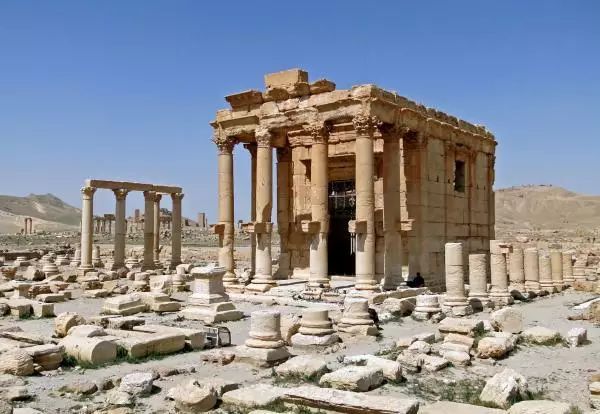
Baal Temple. Image source: www.china-review.com
From the ancient natural worship to the Christian civilization of the Roman Empire, the Baal Temple has stood in Palmyra, remaining intact despite the changes in civilization.
The Baal Temple was once considered the most representative and well-preserved temple ruin in the Palmyra ruins and was listed as a World Heritage Site by UNESCO.
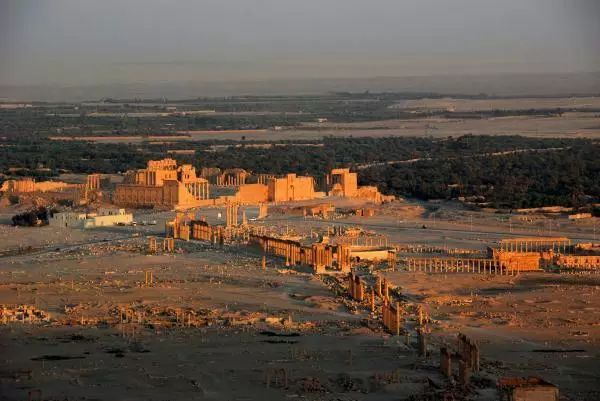
Aerial view of the Palmyra ruins. Image source: www.china-review.com
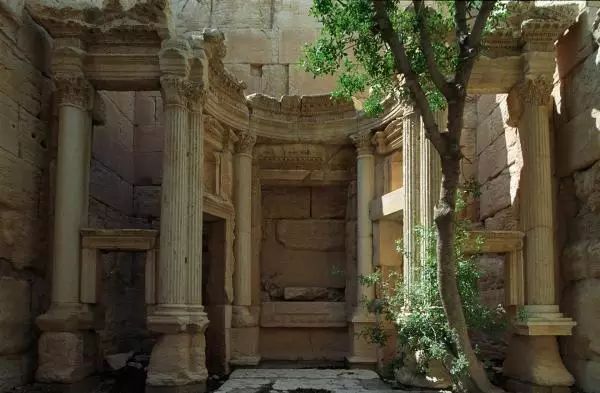
Interior of the Baal Temple. Image source: www.china-review.com
However, on August 23, 2015, this temple, which had endured for 2000 years, was ruthlessly destroyed by the extremist terrorist organization ISIS. The temple, which had withstood the test of time, now only has an arch remaining, standing alone amidst the ruins of Palmyra.
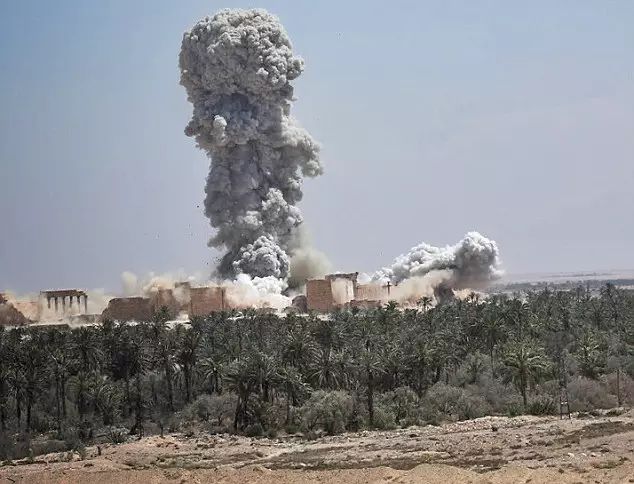
ISIS destroying the Baal Temple. Image source: http://www.dailymail.co.uk
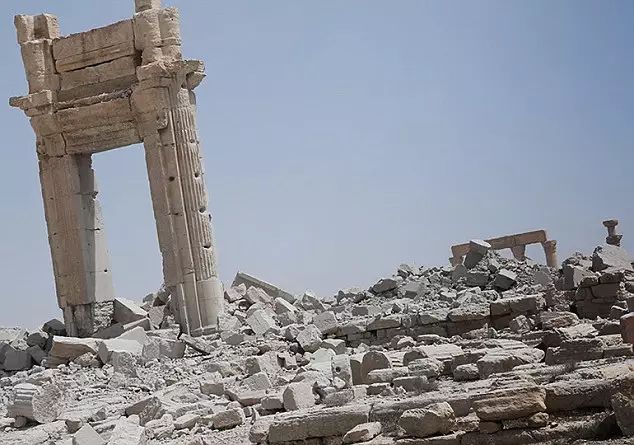
The Baal Temple after being destroyed by ISIS, with only one arch still standing. Image source: http://www.dailymail.co.uk
Just like Batman saving Gotham City from the Joker, there are also just people with a sense of justice stepping up in the real world—researchers from Harvard University, Oxford University, and the Museum of the Future in Dubai have formed the Institute for Digital Archaeology (IDA), planning to use digital imaging and 3D printing technology to restore the ancient buildings destroyed by ISIS.
This will be a battle between technology and barbarism.
IDA, in collaboration with UNESCO, has distributed 5,000 professional 3D measurement cameras to volunteers to capture images of historical sites in the Middle East and North Africa, conducting 3D scans of various historical relics. The scanned data will be uploaded to a “Million Image Database” for retrieval, artifact appreciation, education, and 3D printing reconstruction.
However, due to time constraints, IDA was unable to collect more data before the Baal Temple was destroyed, but IDA can accurately create 3D models and print them from 2D images, making reconstruction feasible.
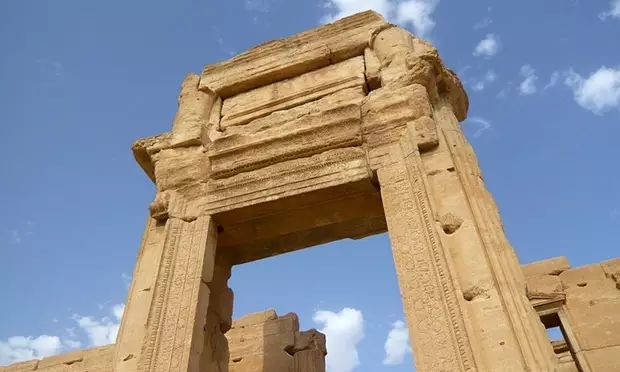
Original site of the Baal Temple. Image source: http://www.theguardian.com
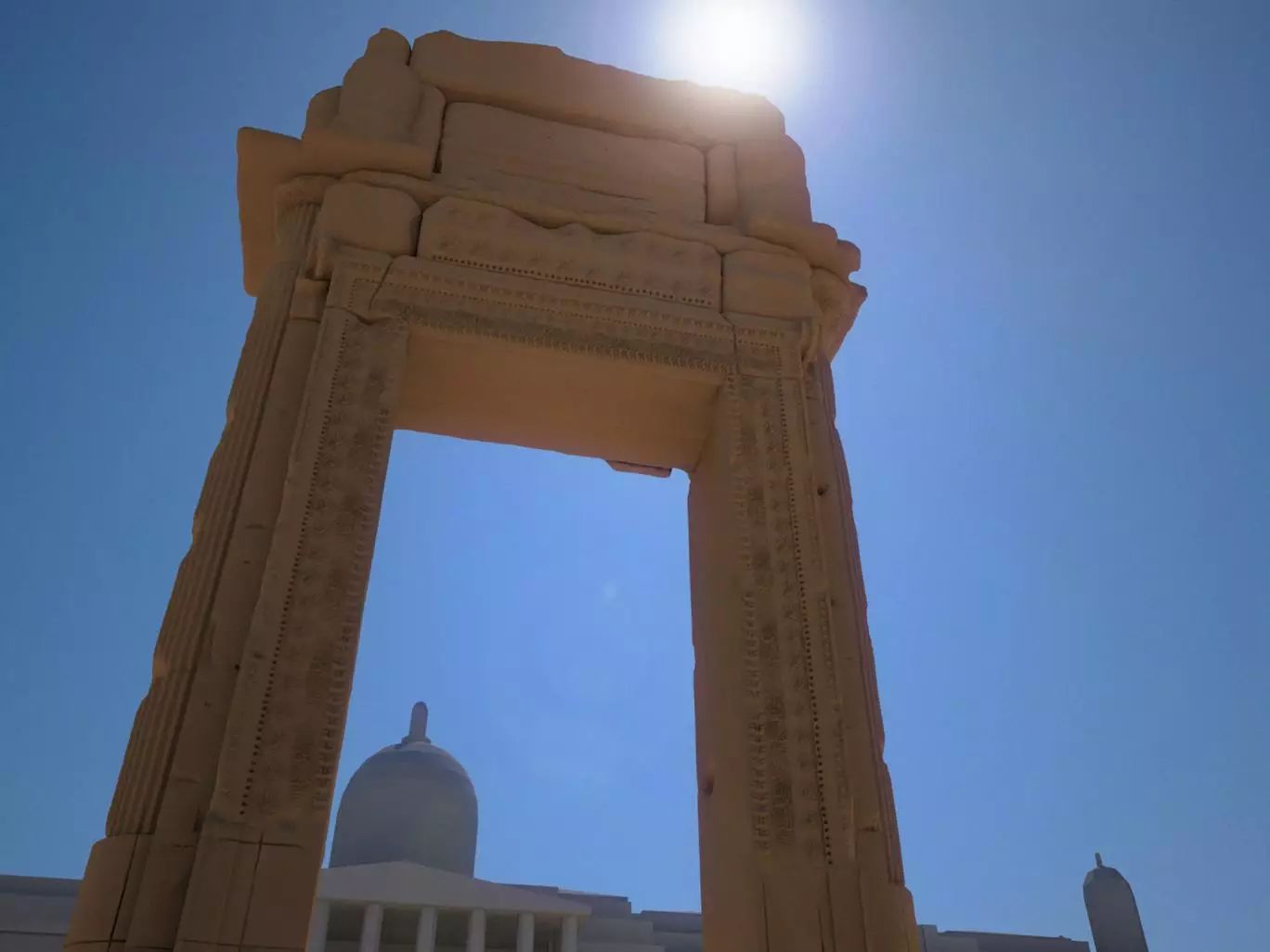
Computer restoration image of the Baal Temple. Image source: http://digitalarchaeology.org.uk
Some parts of the Baal Temple will be printed using a large 3D printer located in Shanghai. Once the parts are printed, they will be sent to Italy for post-processing and then displayed in Trafalgar Square, UK. Meanwhile, IDA hopes to one day restore the entire Baal Temple using 3D printing technology.
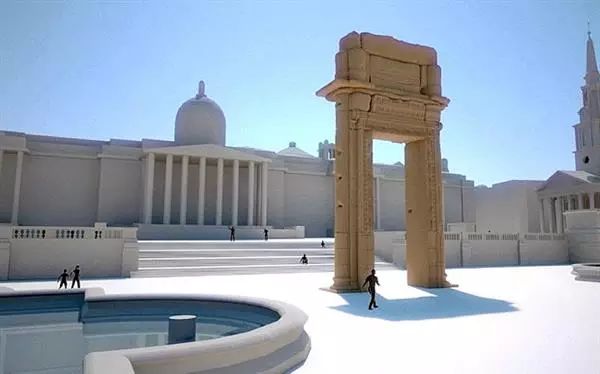
Computer restoration image of the arch in Trafalgar Square. Image source: http://digitalarchaeology.org.uk
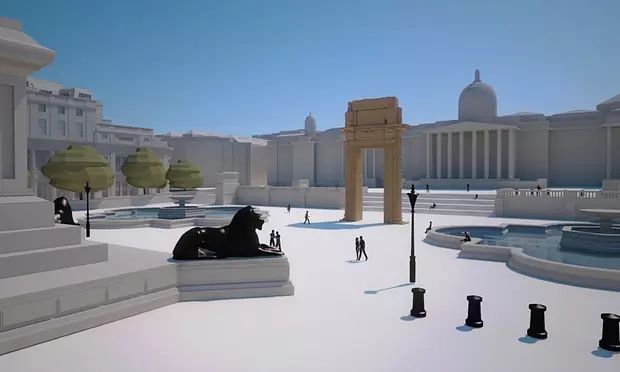
Computer restoration image of the arch in Trafalgar Square. Image source: http://digitalarchaeology.org.uk
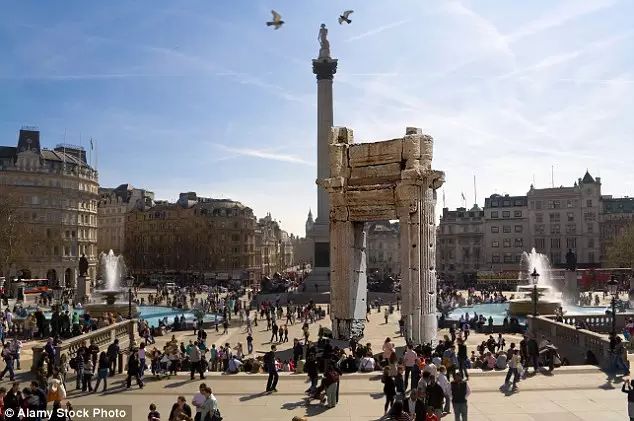
Rendering of the arch in Trafalgar Square. Image source: http://www.dailymail.co.uk
At the same time, IDA’s executive director Roger Michel mentioned in an interview: “In addition to restoring ancient buildings, this is also a political statement. We want to tell ISIS, ‘As long as you destroy once, we will rebuild once.’ The symbolic significance of these relics is enormous, and we want to restore the dignity trampled by ISIS back to the people.”
In today’s rapidly developing technology, we can use 3D printing to restore some of the destroyed ancient buildings. Although the restored ancient buildings cannot completely replace the destroyed ones, it cannot be denied that 3D printing restoration technology will become an indispensable important technical support in the fields of archaeology and artifact appreciation.
Image source: http://www.theguardian.com
 Maker Workshop
Maker Workshop
Maker news, quirky ideas, curious products
Do what you hear, do what you think
Long press the QR code to follow us
WeChat ID: guokr_lab

Copyright of this article belongs to Guokr.com, reproduction is prohibited
If needed, please contact: [email protected]